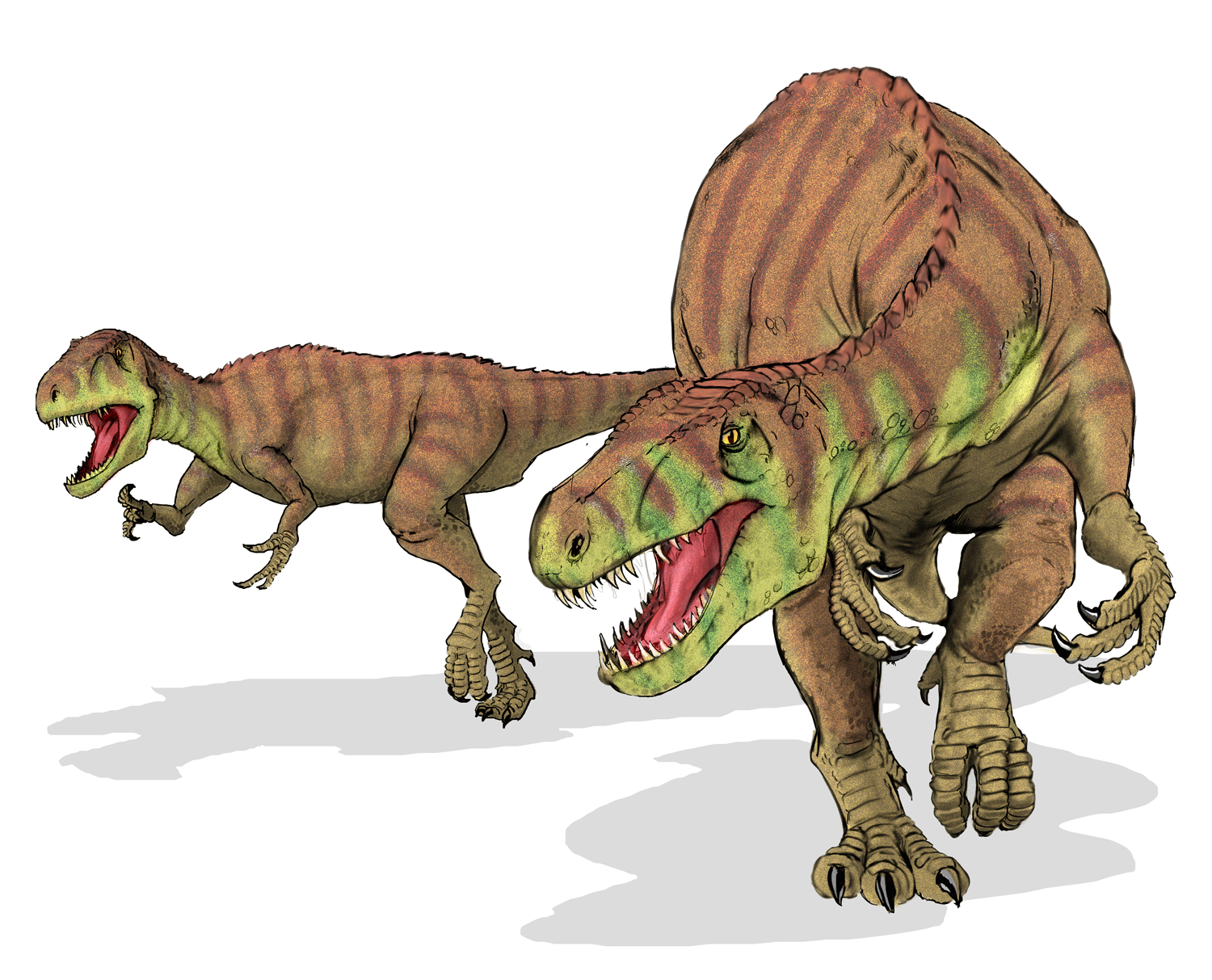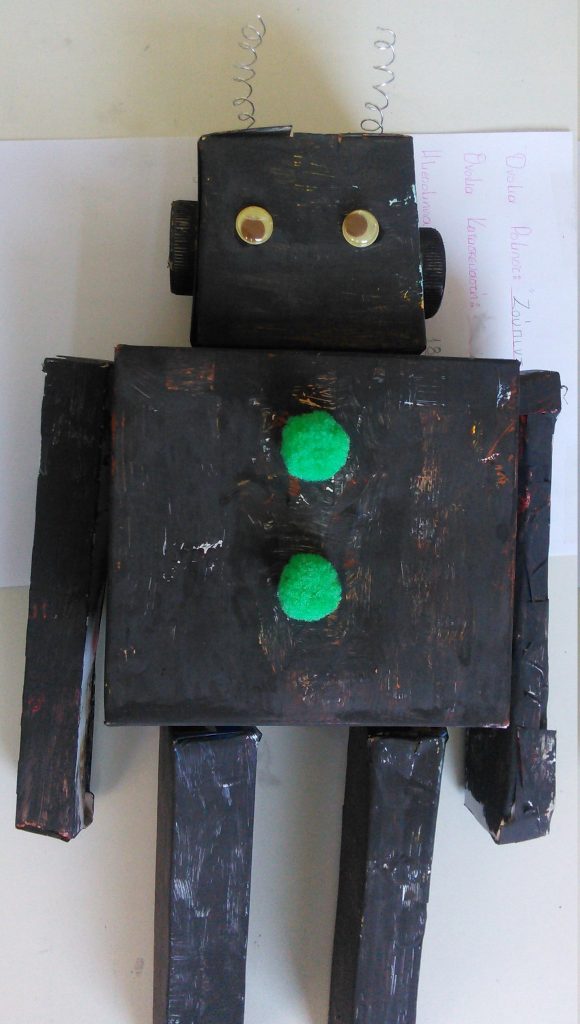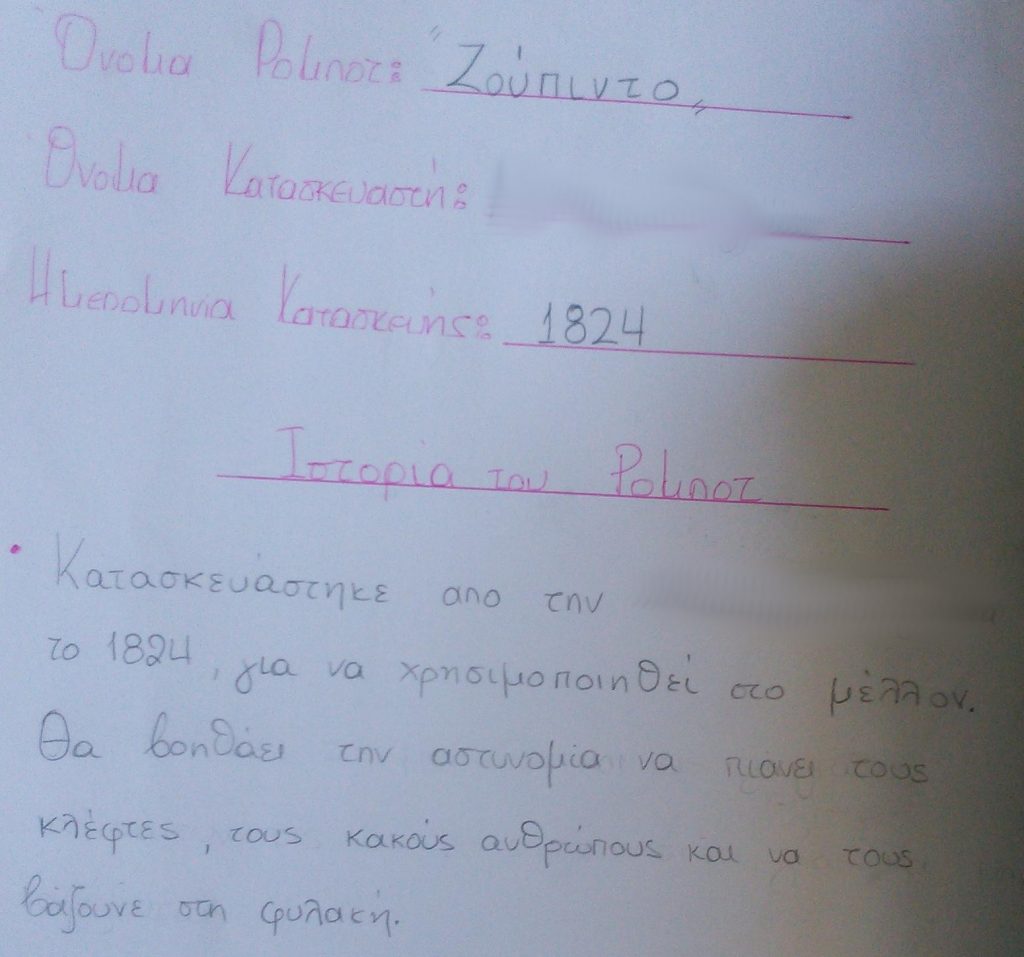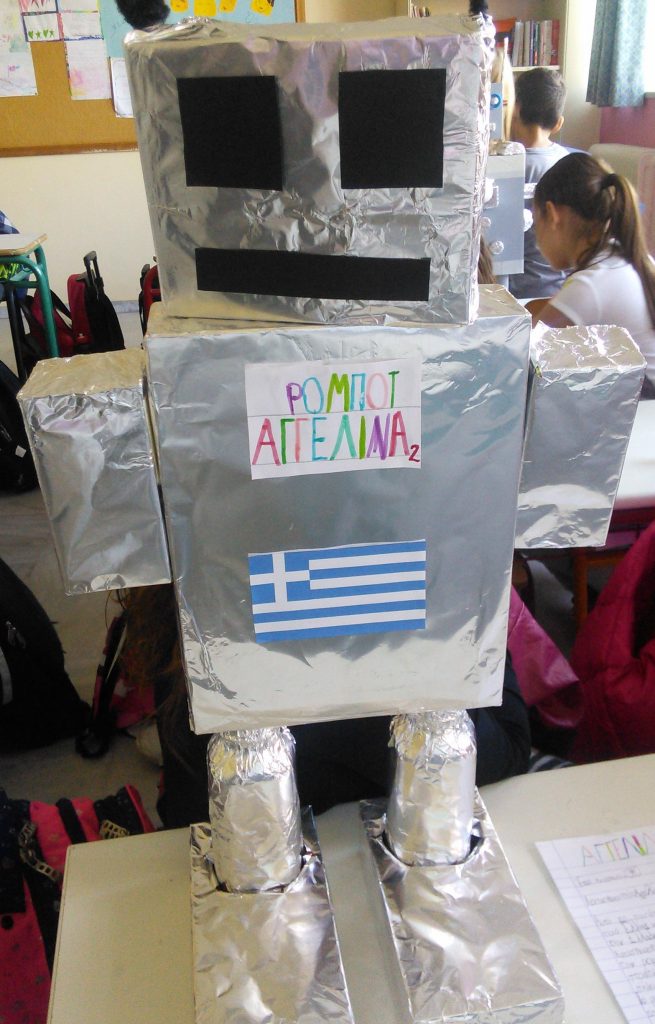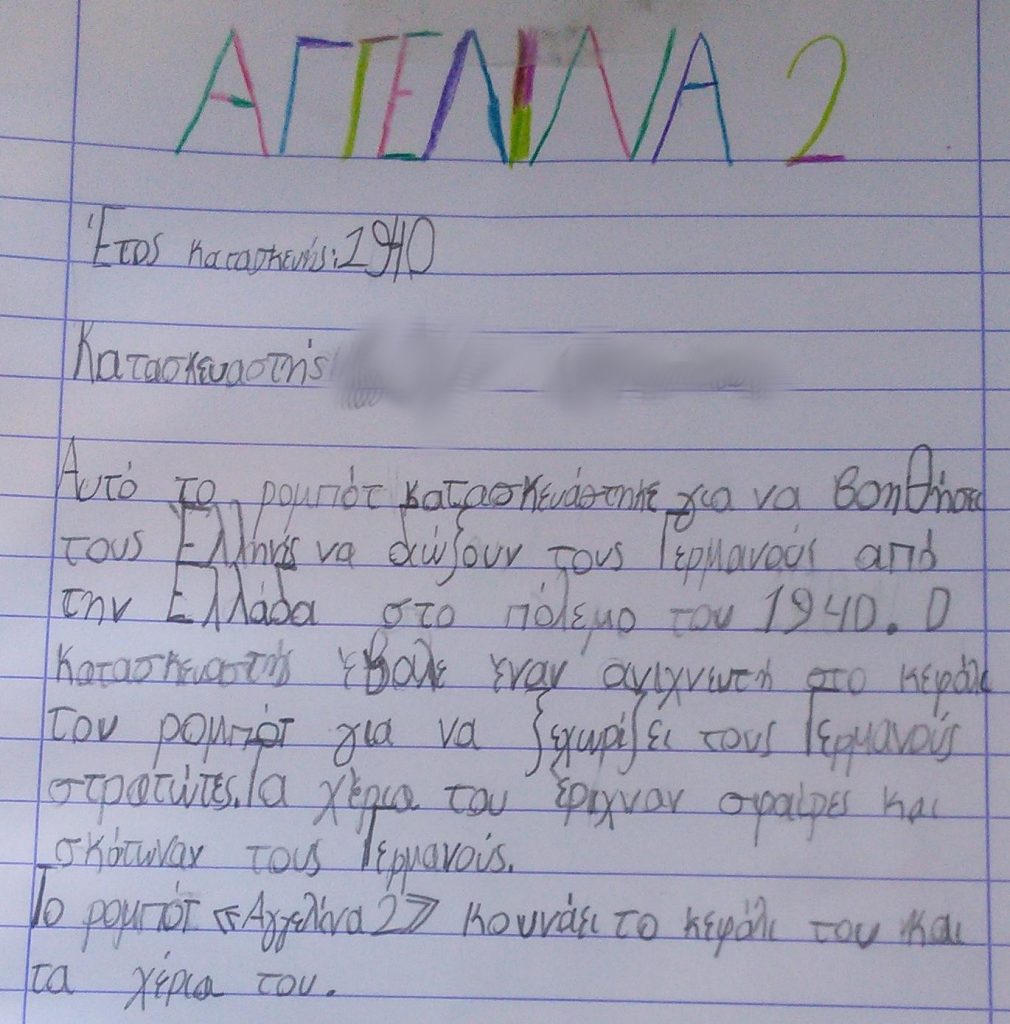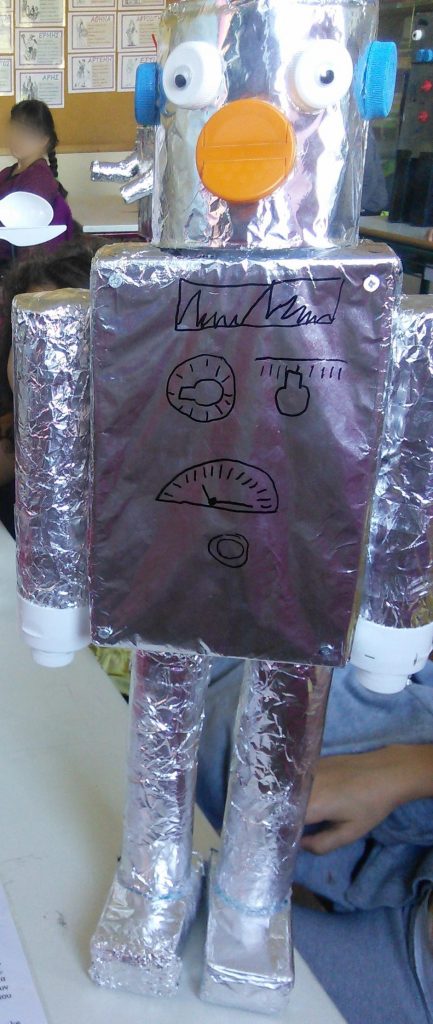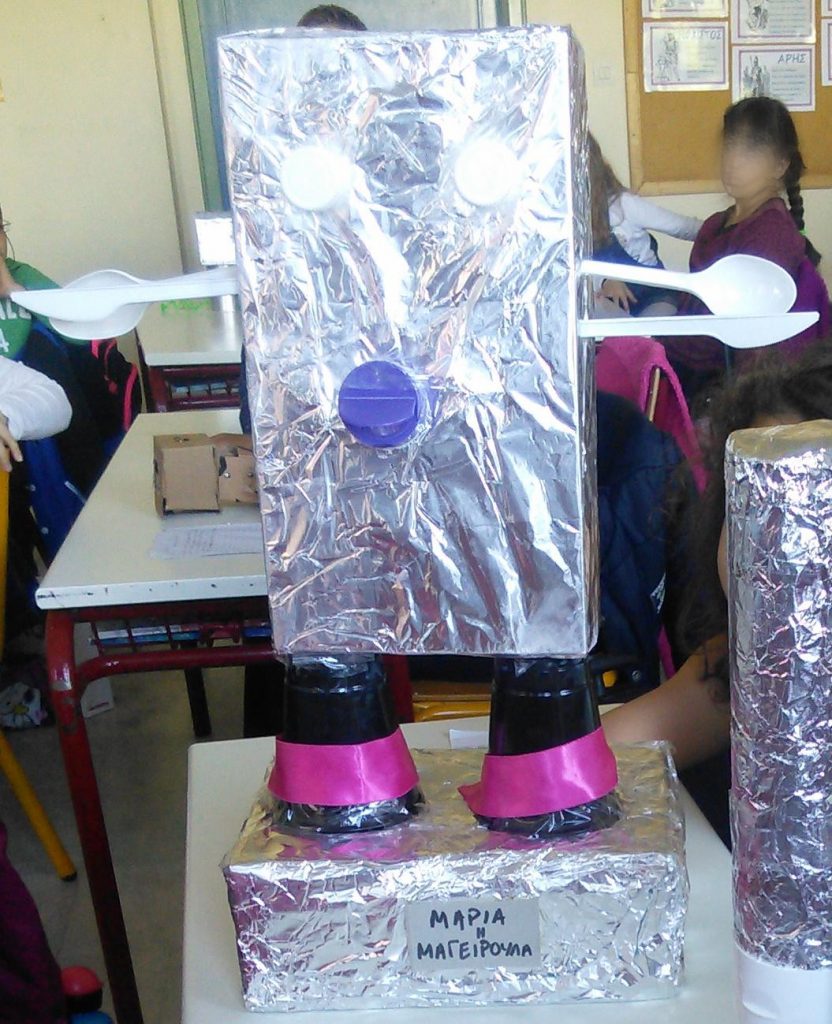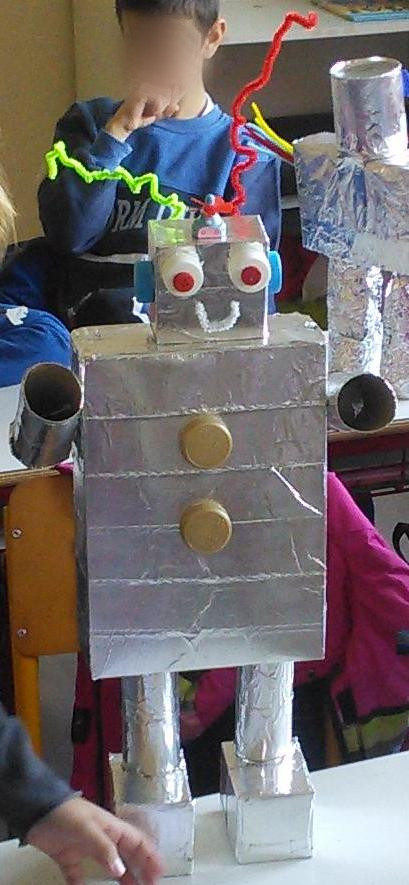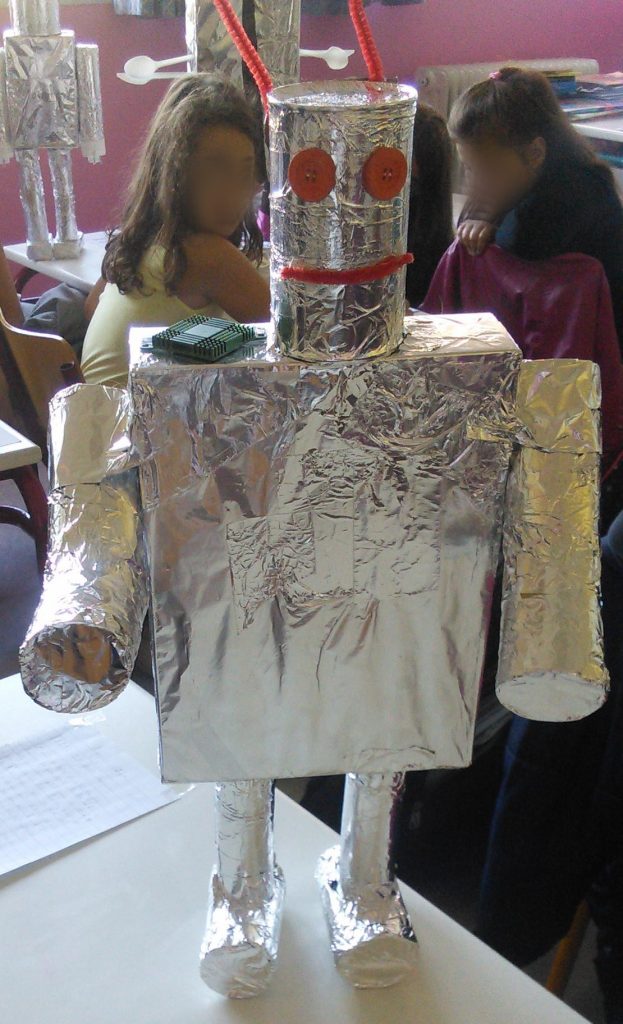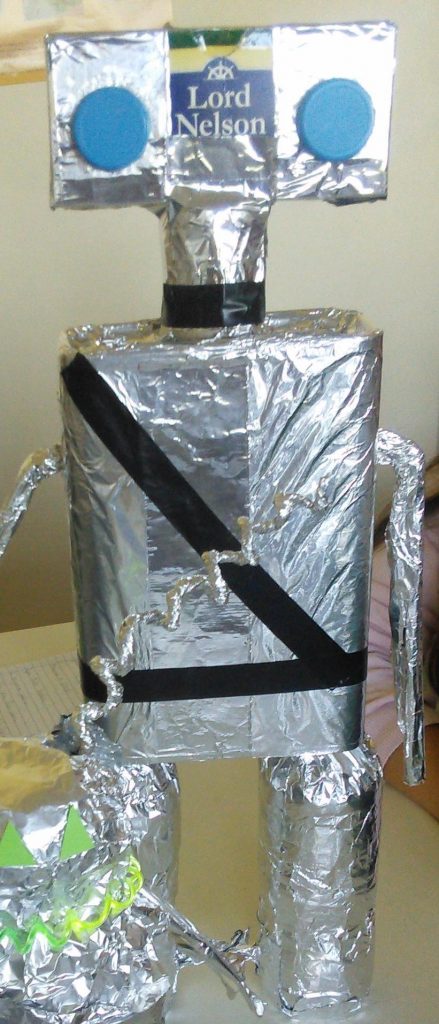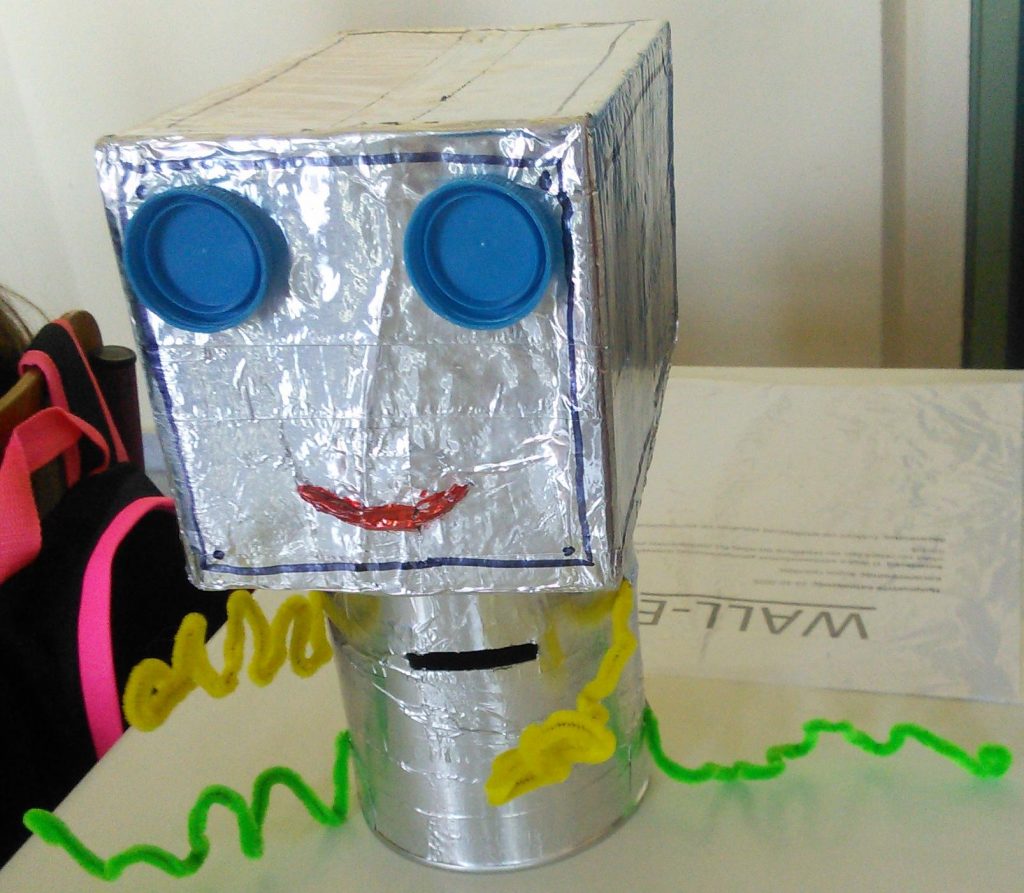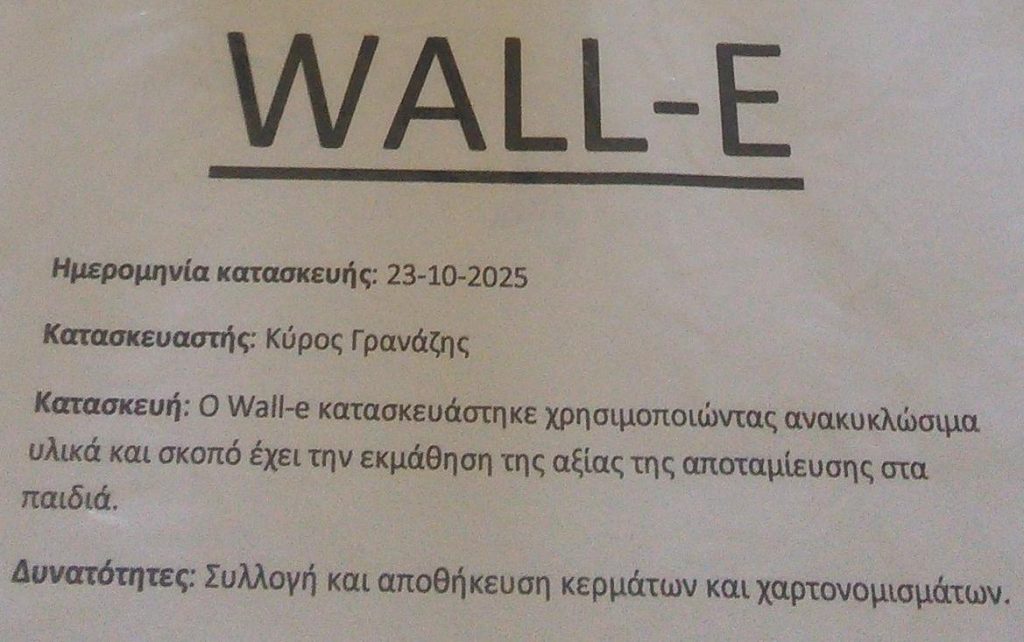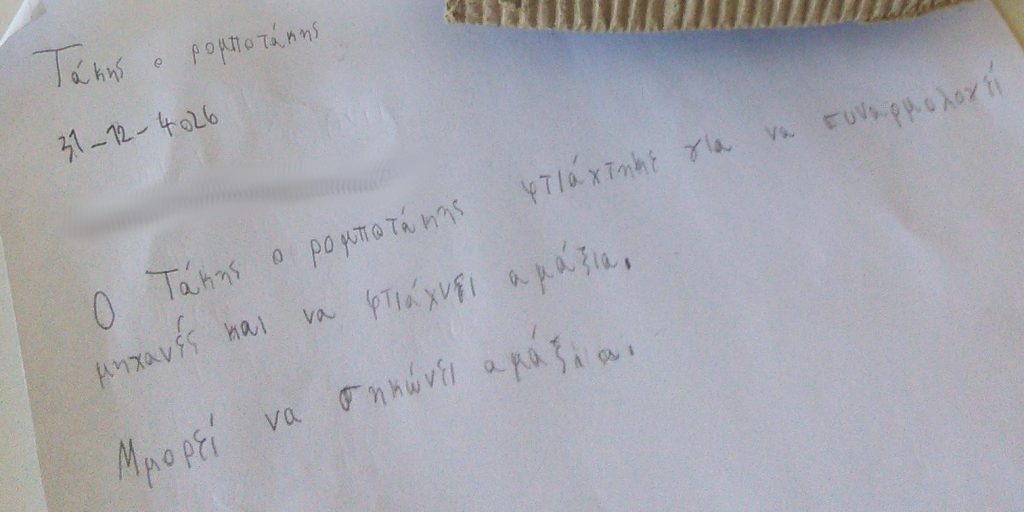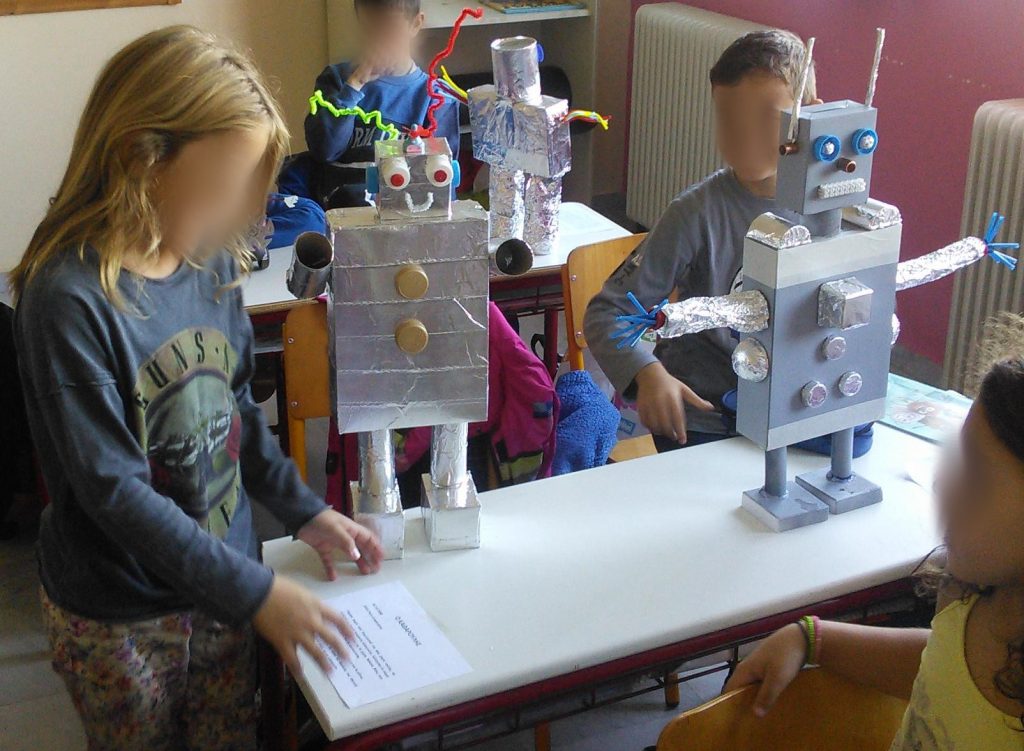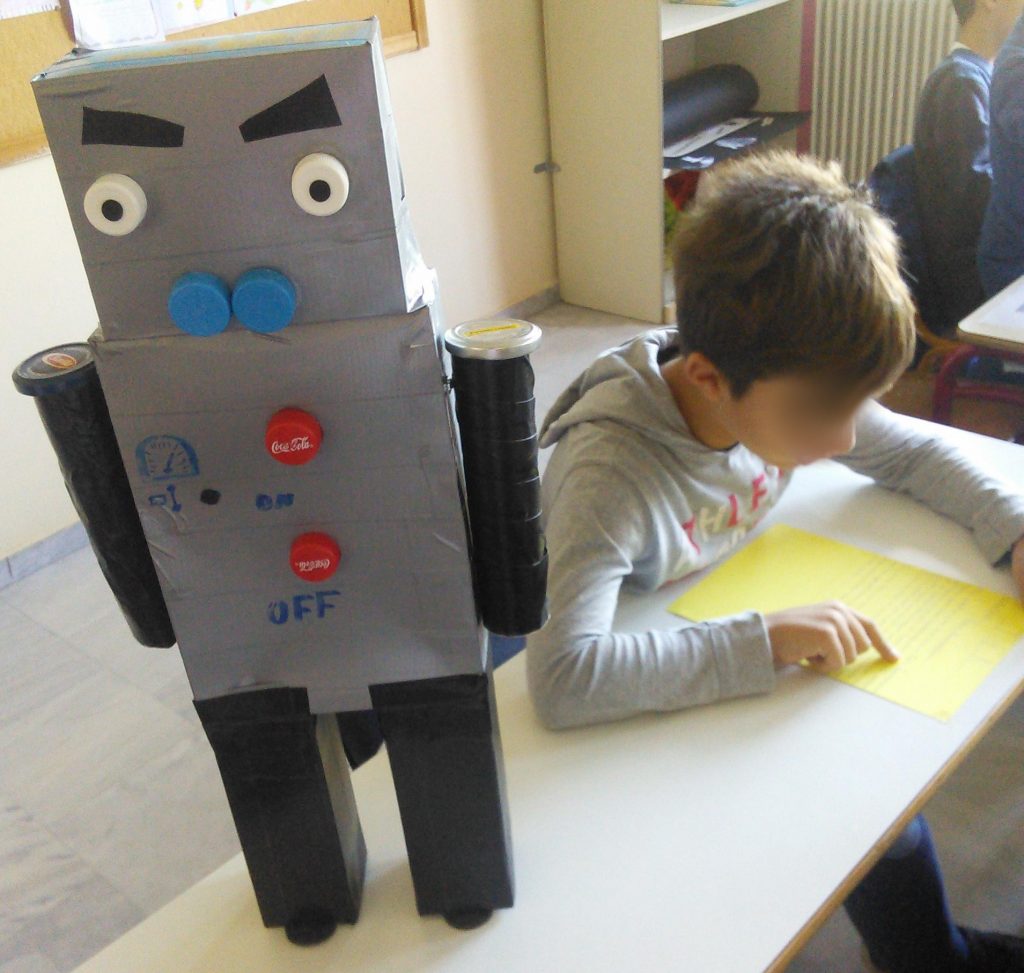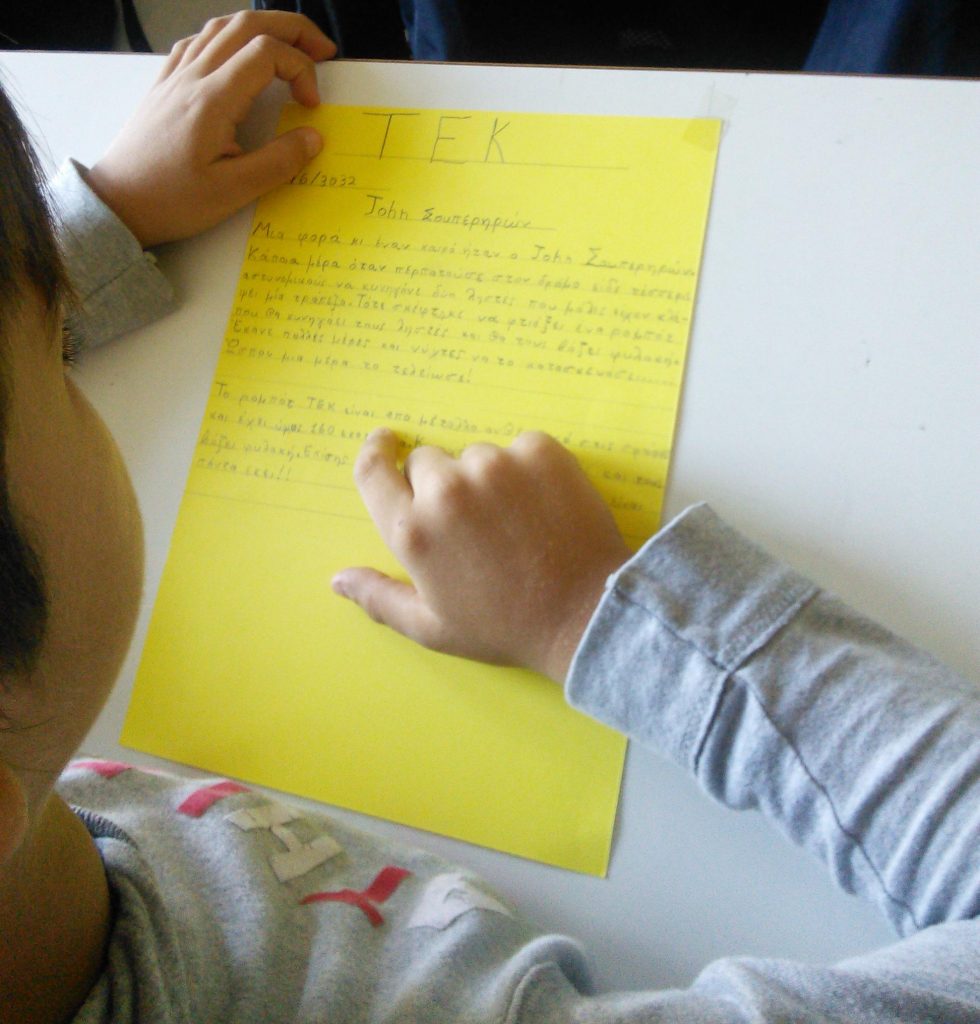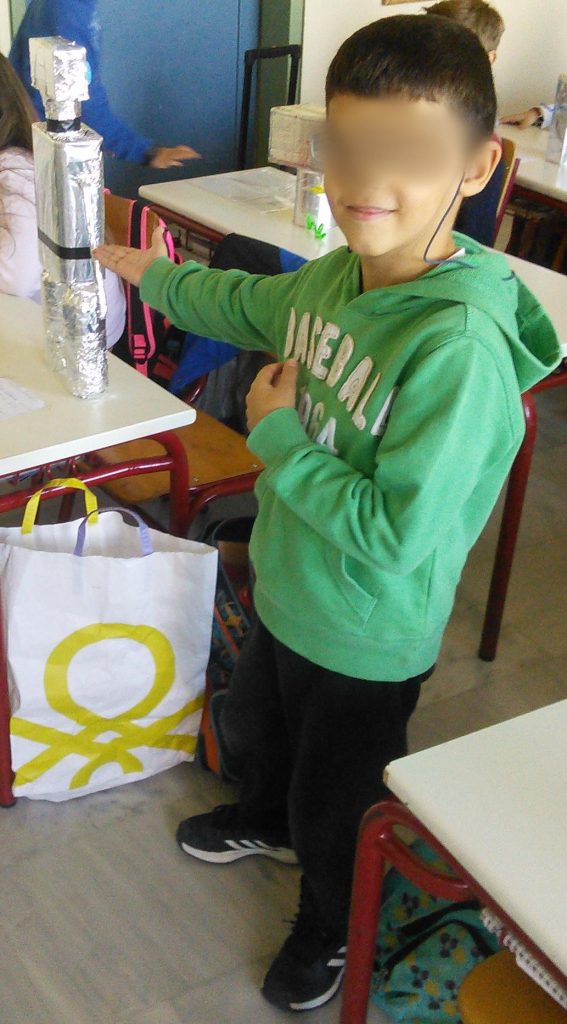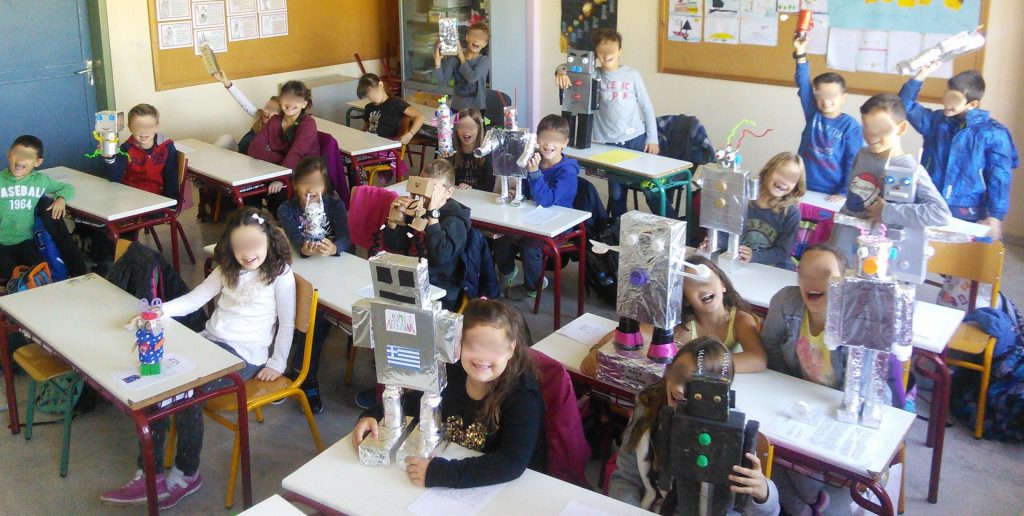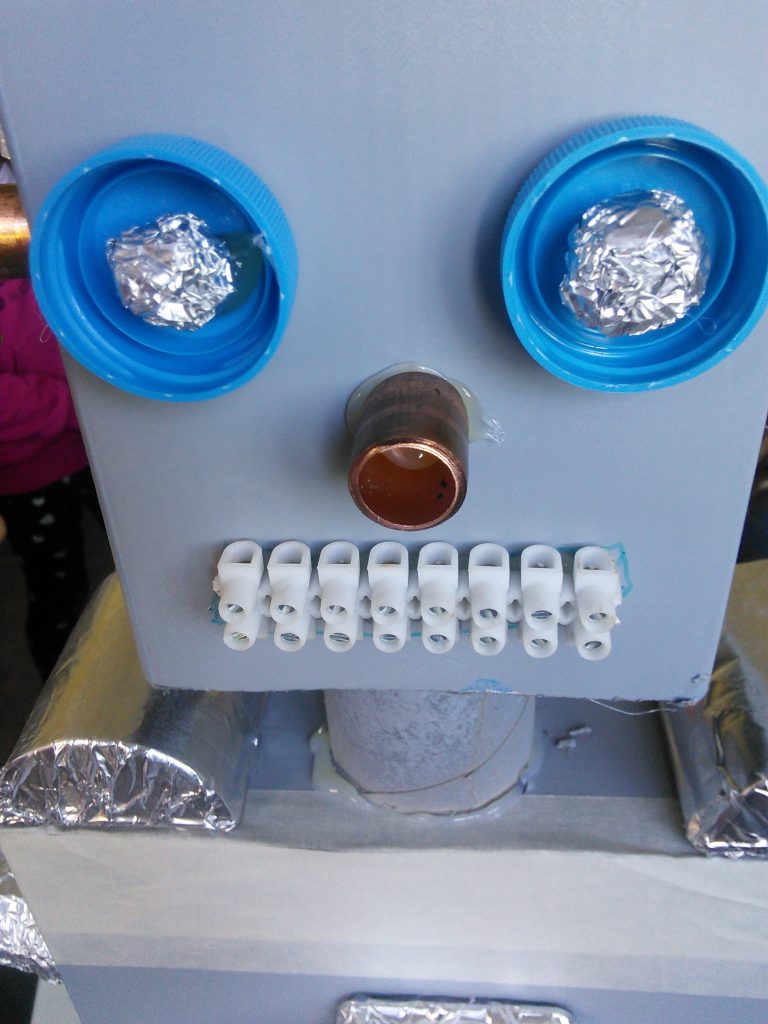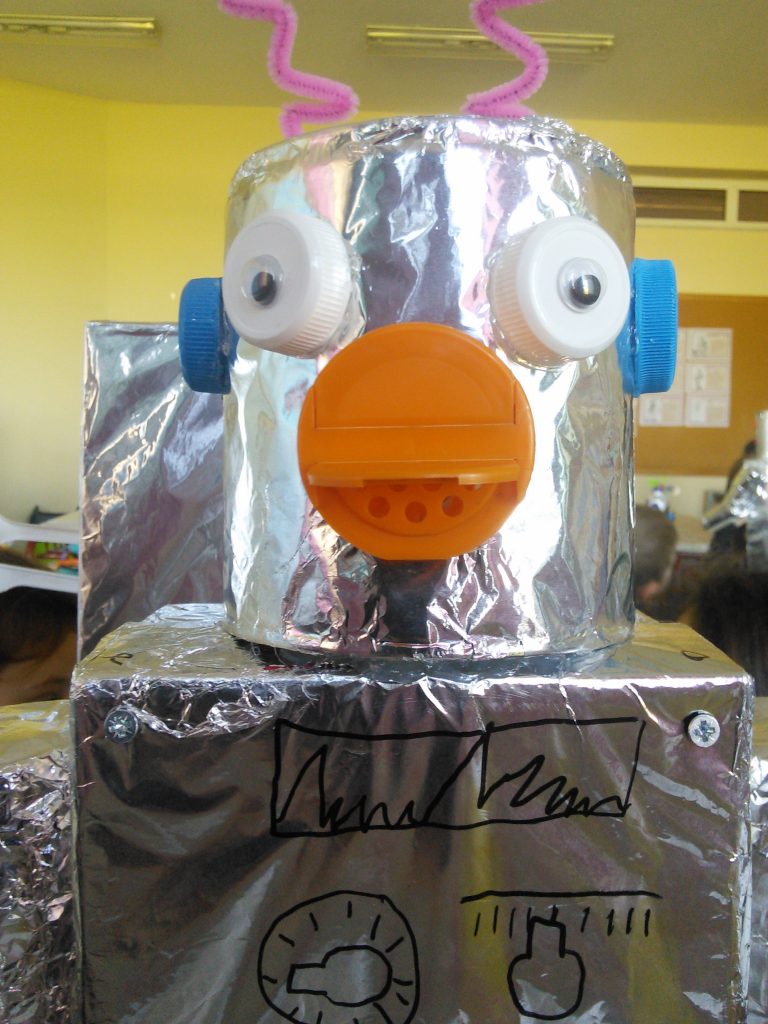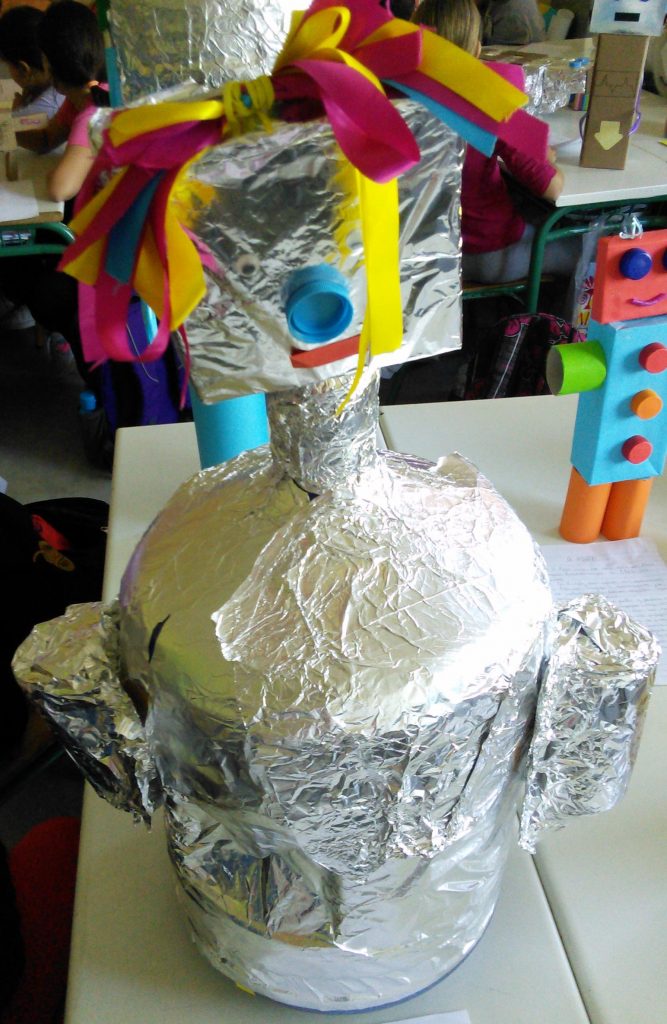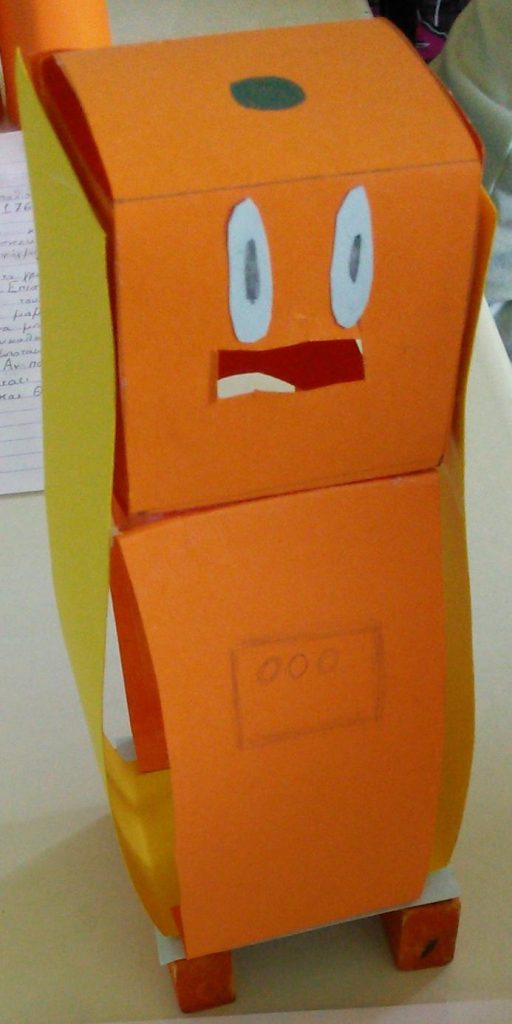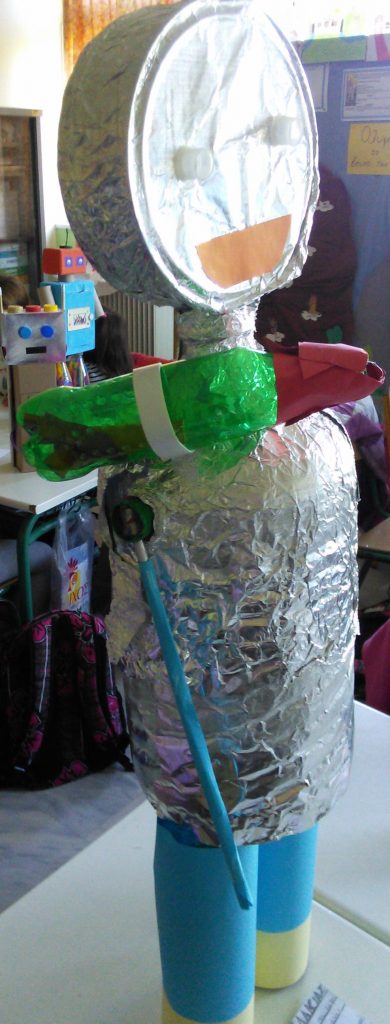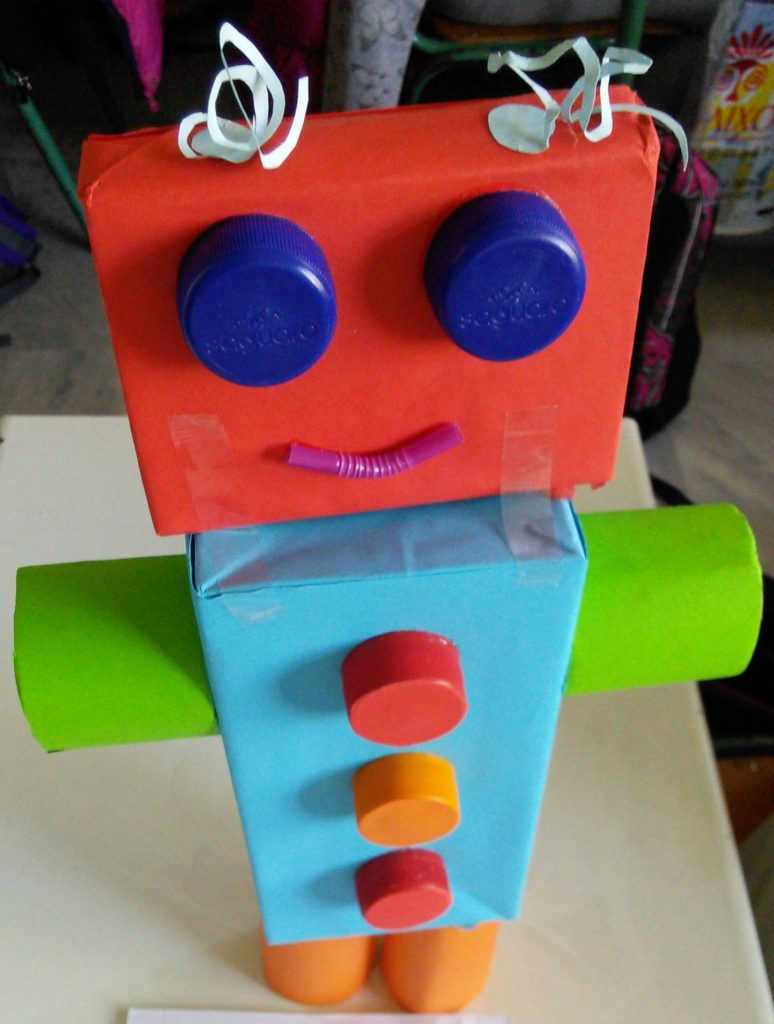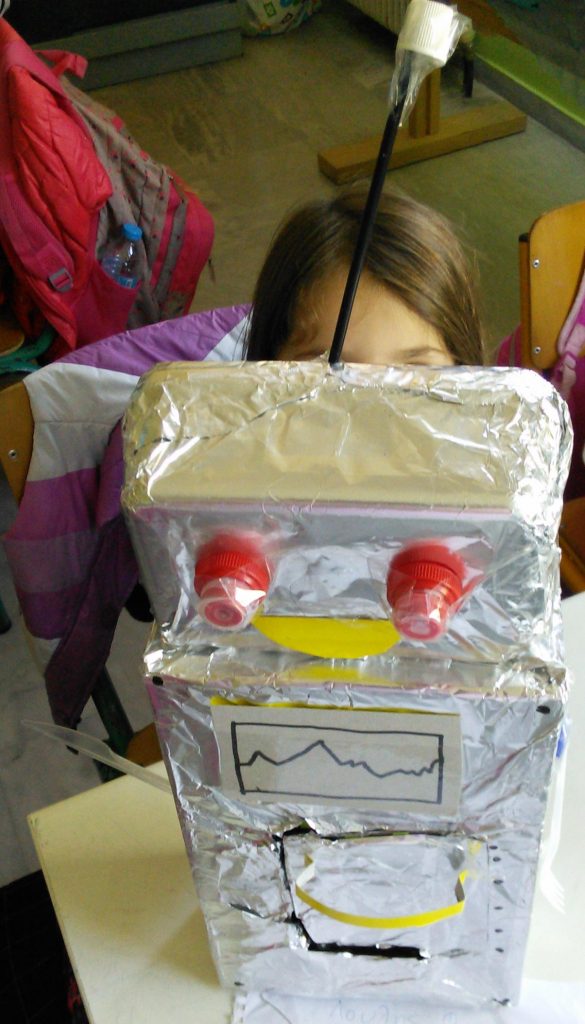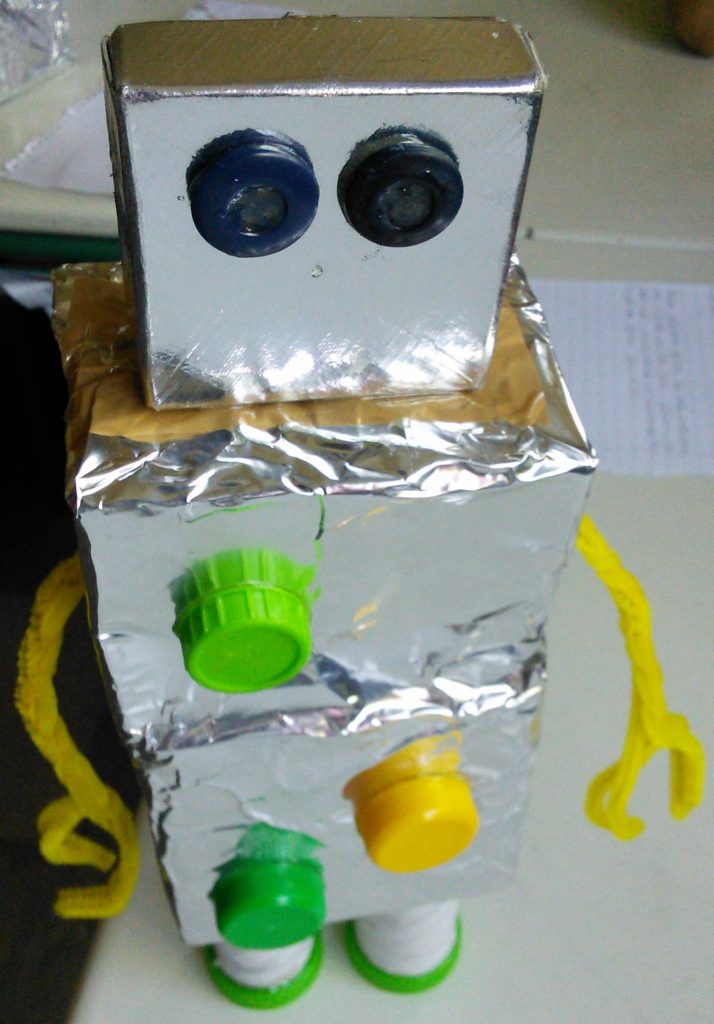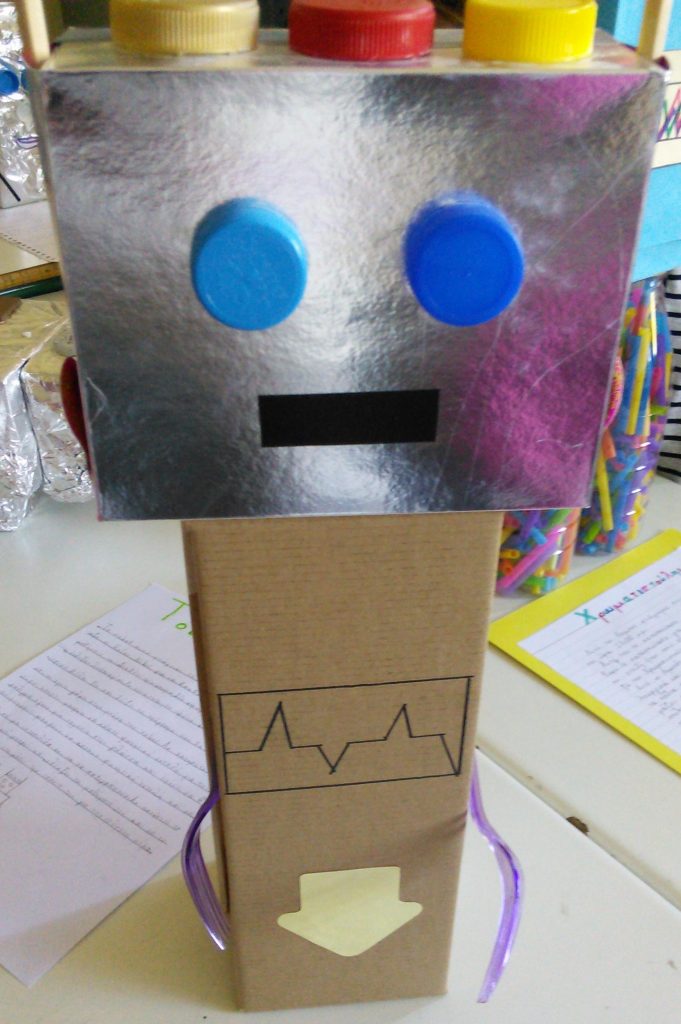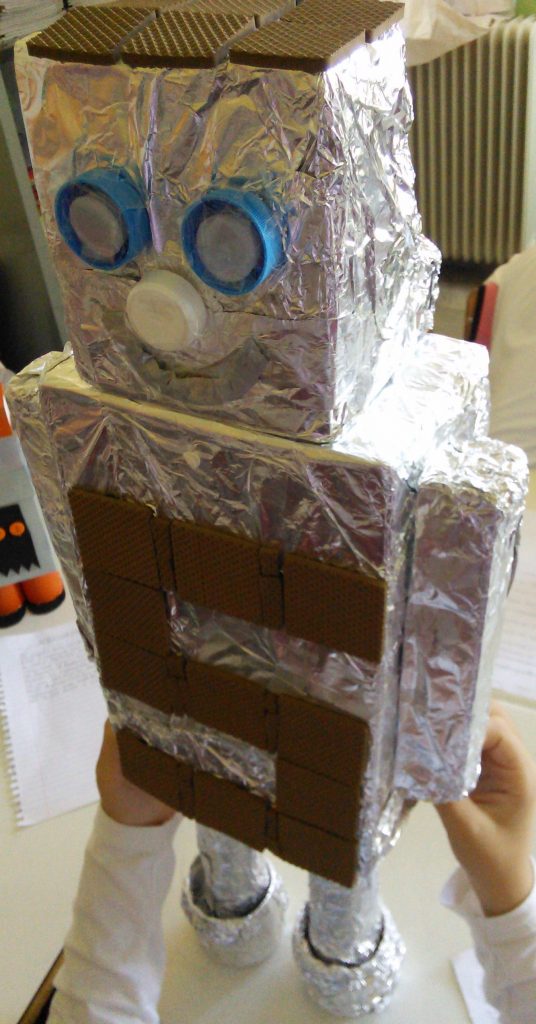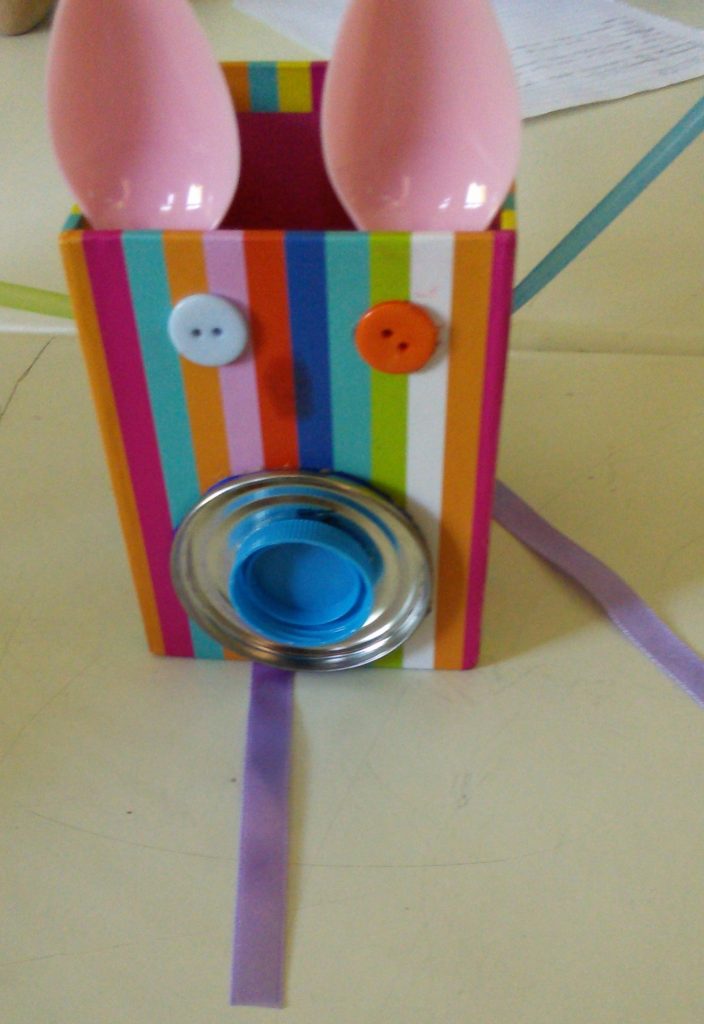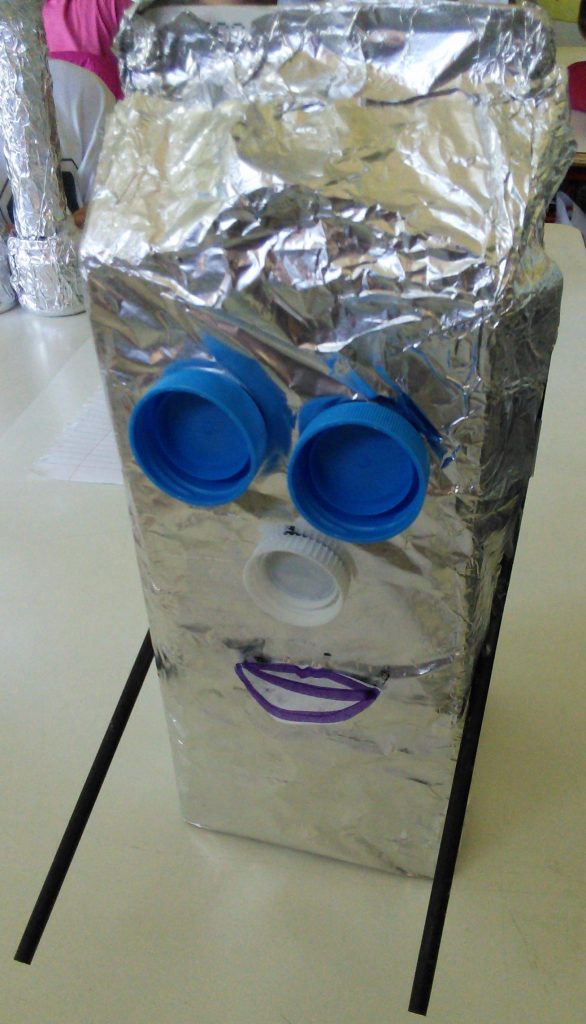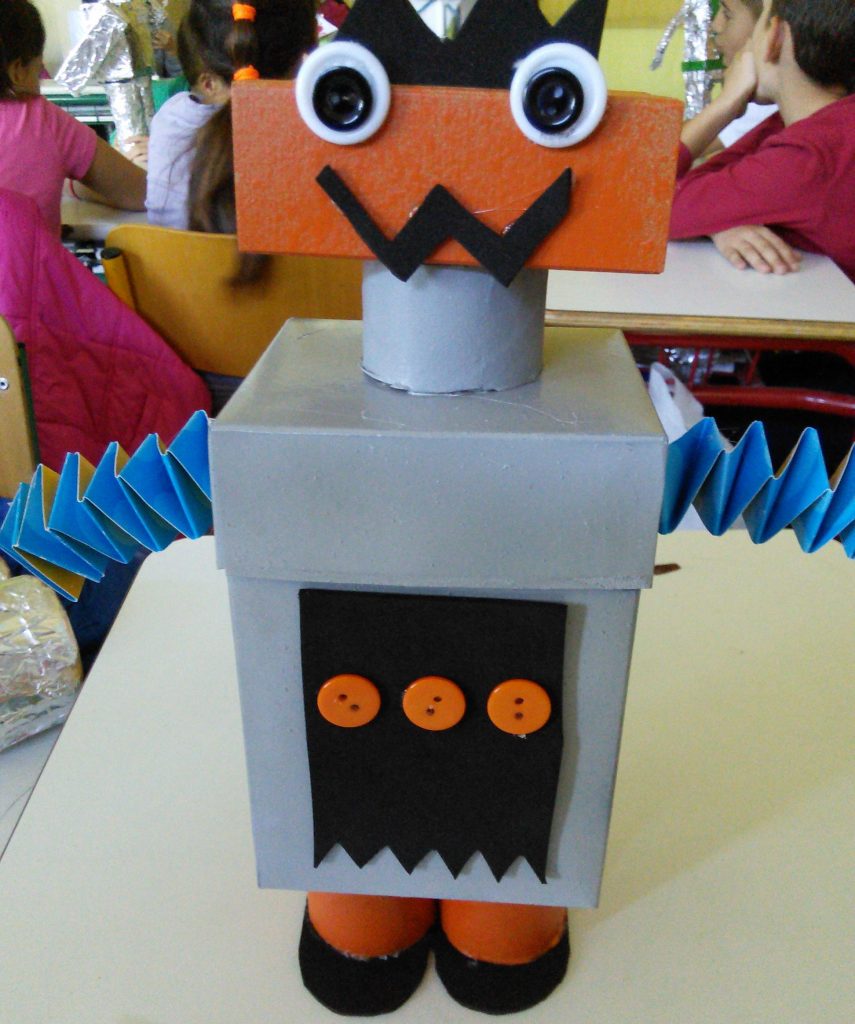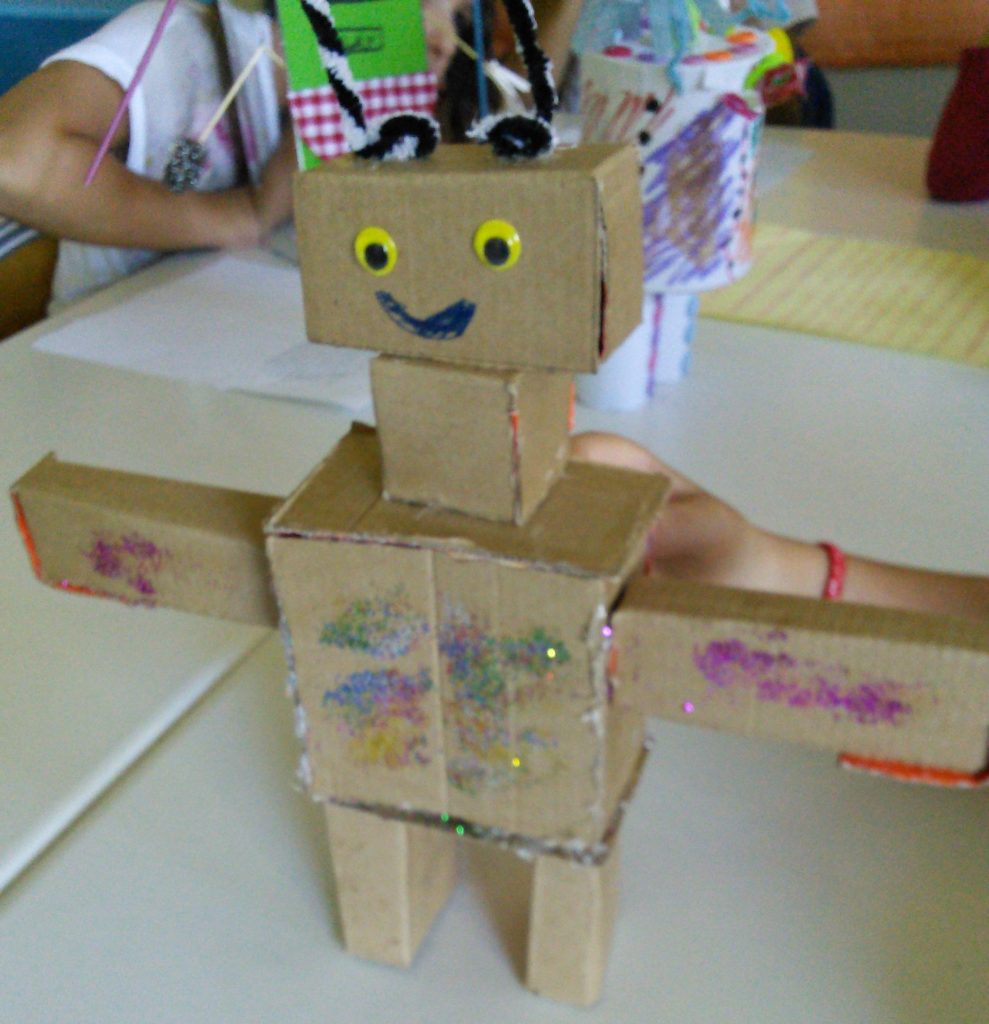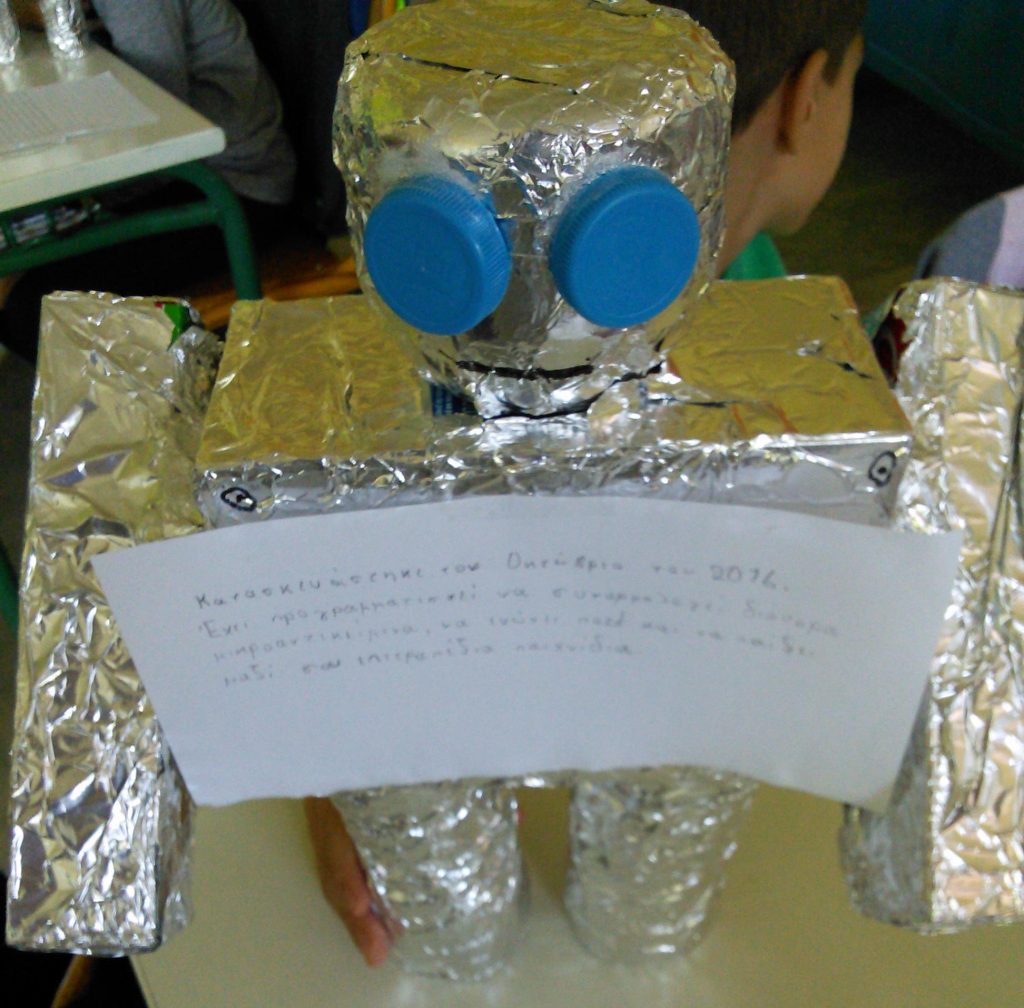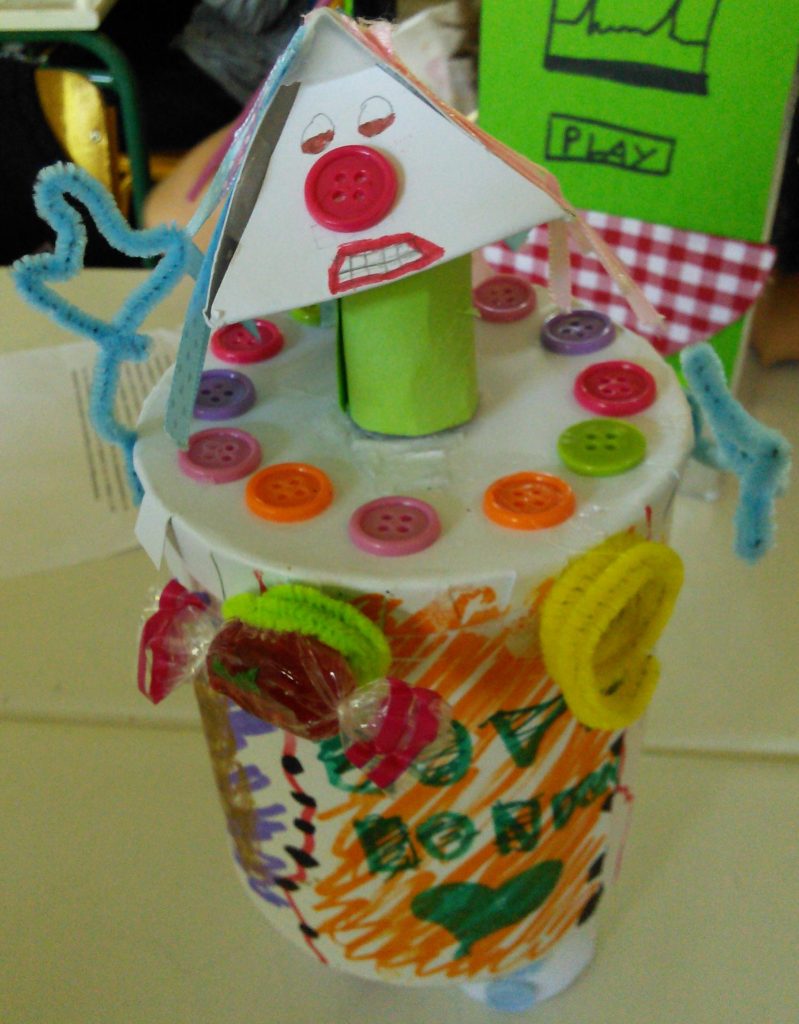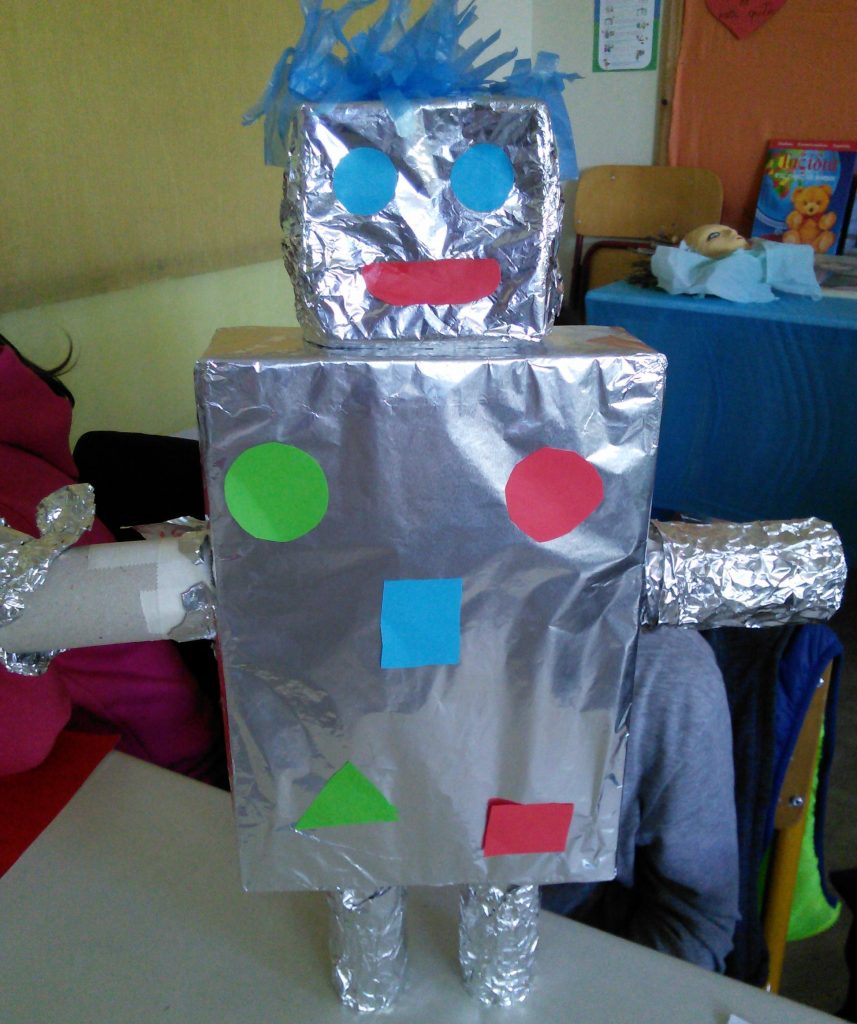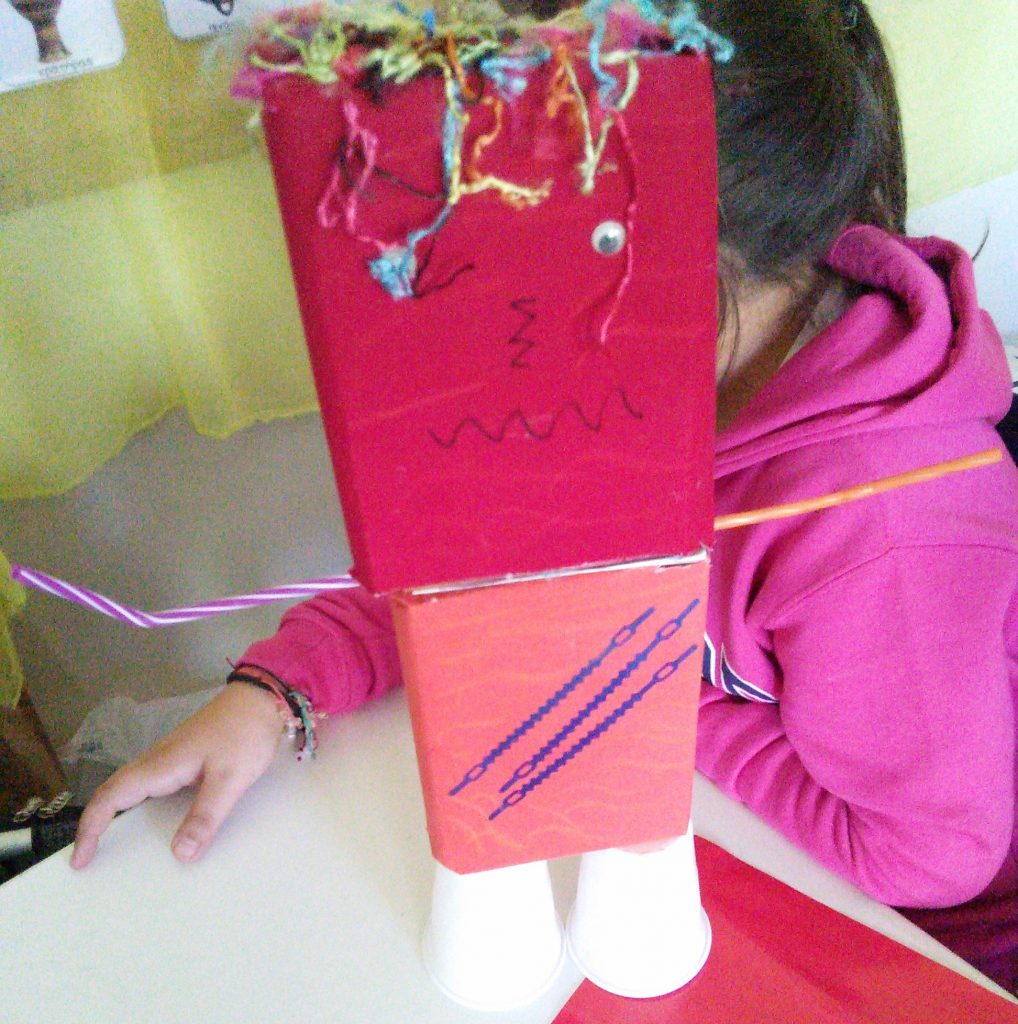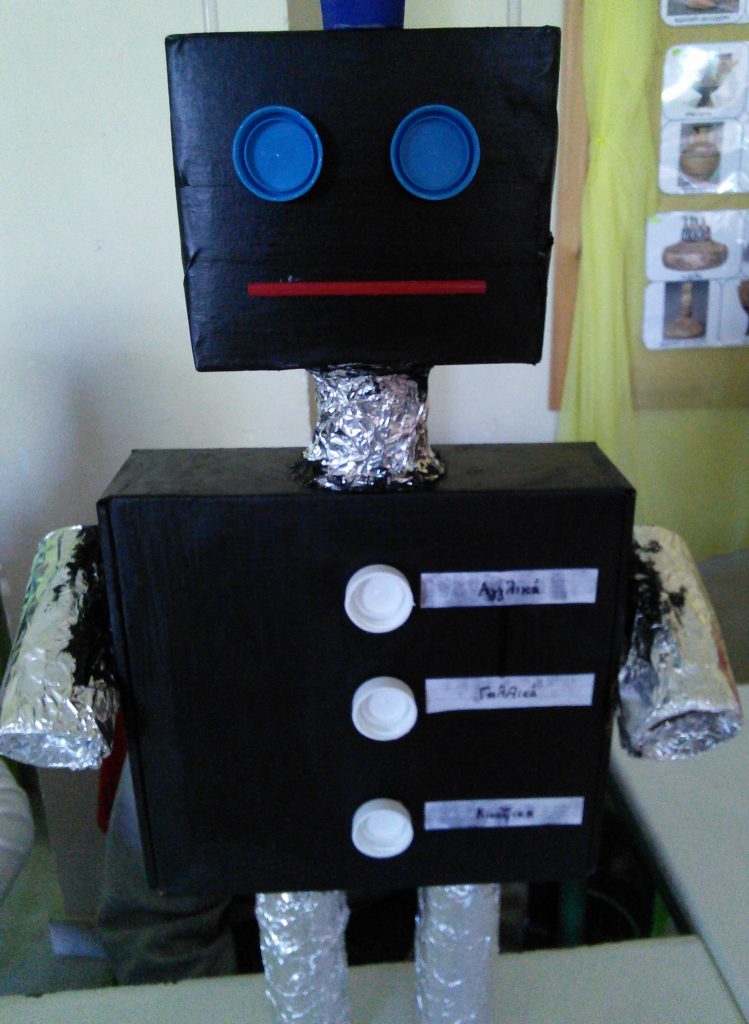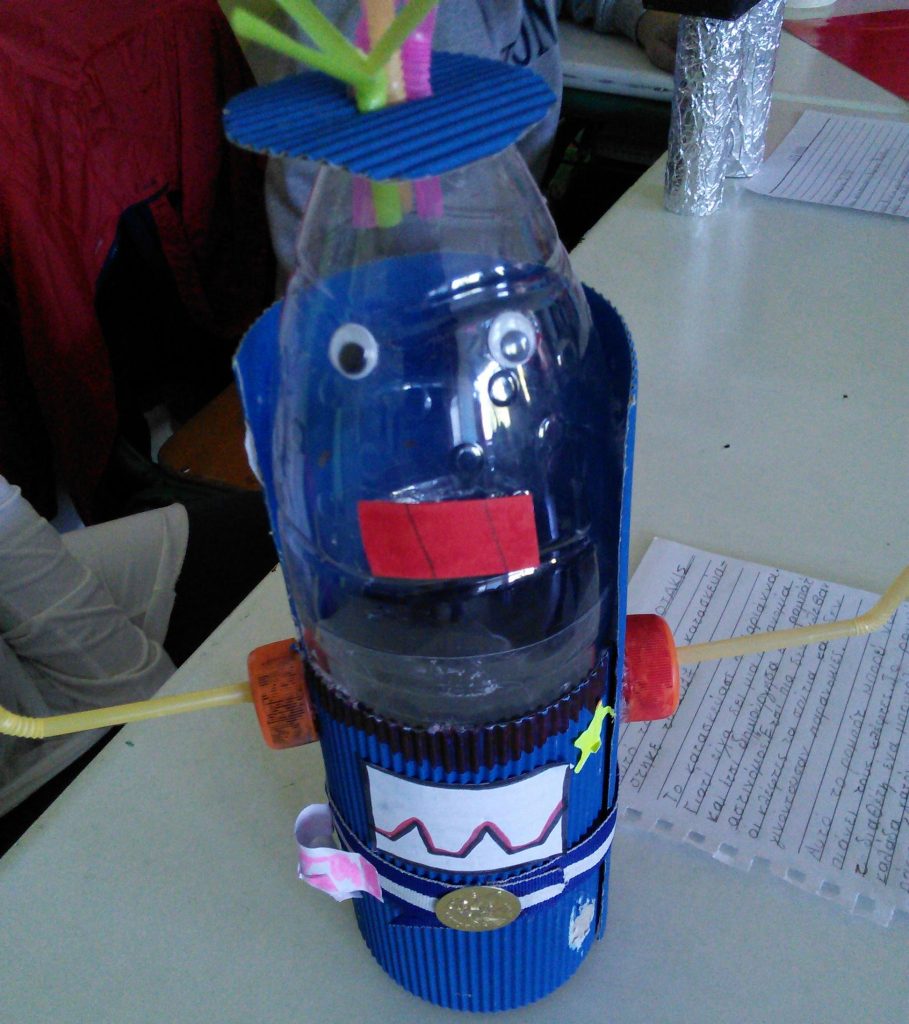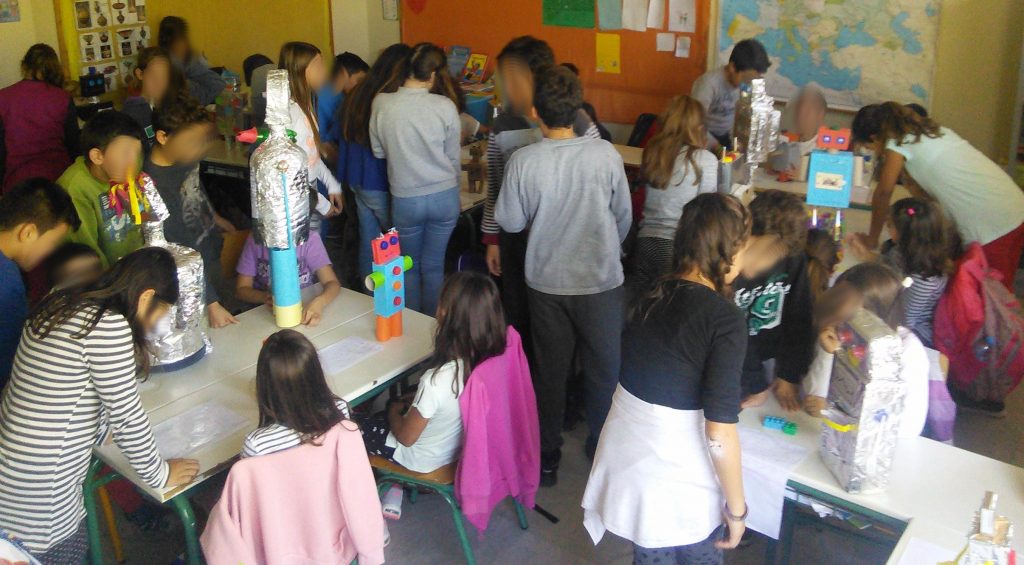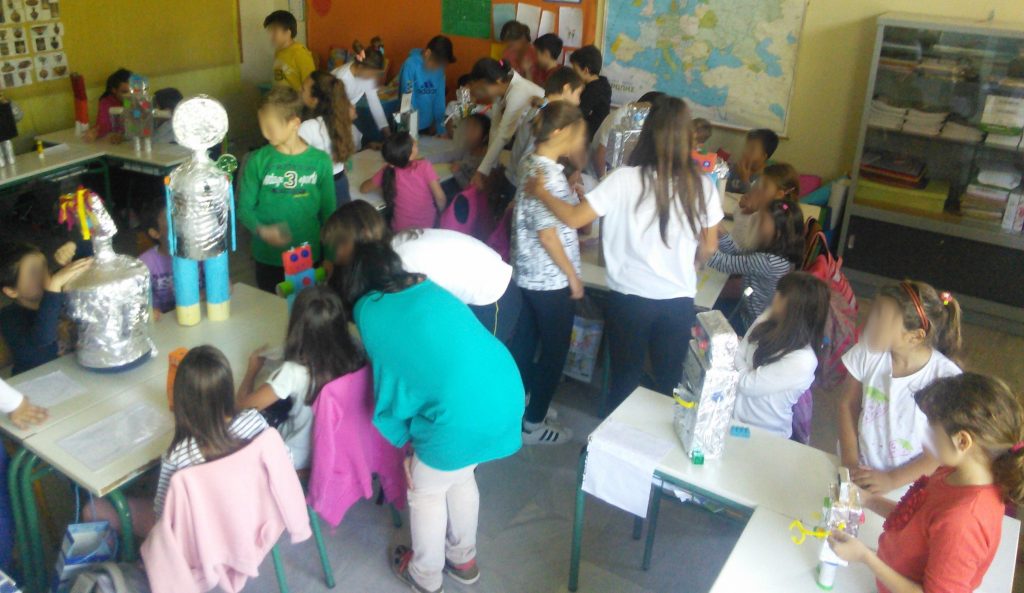The famous Paleontologist Dougal Dixon is considered the founder of Speculative Biology and Evolution and is the author of number of books including the World Encyclopedia of Dinosaurs & Prehistoric Creatures, After Man, Man After Man and The New Dinosaurs: An Alternative Evolution.
Especially this last book, “The New Dinosaurs: An Alternative Evolution”, was a source of inspiration for the movie we created to answer the question:
How would life on Earth be if the giant meteorite had not struck us 64 million years ago?
I contacted Mr. Dougal Dixon sending him our movie and I got the following letter in response:
Dear Anestis Vovos,
Thank you so much for your complimentary comments about my book THE NEW DINOSAURS. I am so glad that your students got so much out of it – especially as it is nearly thirty years since I wrote it.
I loved your film. Especially the part where my creations were brought to life as actual models. When I saw that first shot of the Sandle I knew that I was about to watch something special. I particularly liked the cuddly Monocorn, and the Lank with a spoon for its head. It all looks fantastic, and you all must have had a lot of fun making them. All sorts of different techniques and materials too – clay, cloth, paper…
Well done to all of you. I hope that you continue to be inspired.Yours sincerely,
Dougal Dixon
Congratulations to all the students that participated! Their efforts did not go unnoticed!


